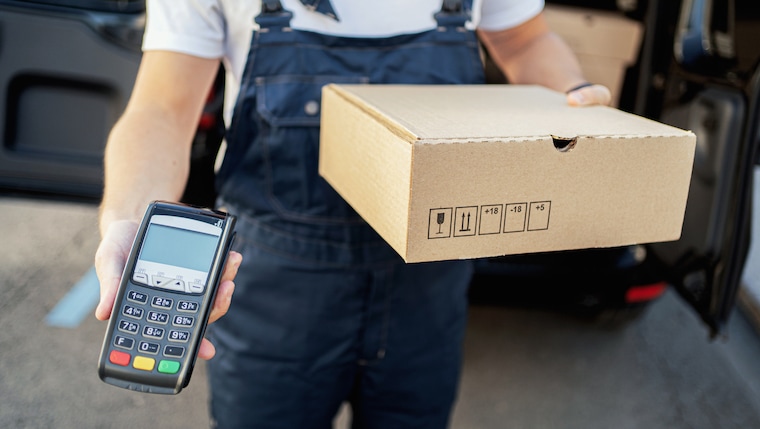Setting best prices and billing for courier business?
Running a courier business can be challenging, especially when it comes to pricing and billing. Your pricing strategy can determine whether you stand out from the competition or not, while proper billing practices can keep your cash flow flowing seamlessly. Fear not, for we have some juicy tips on how to ace your pricing and billing game! Read on to learn how to set the best prices and billing practices for your courier business.

Understanding Your Costs
Running a successful courier business is all about understanding your costs. From fuel and maintenance to insurance and labor, you need to know exactly what it takes to provide your service. Armed with this knowledge, you’ll be able to set the perfect pricing strategy that will keep your customers happy and your profits healthy. So don’t wait another day – get to grips with your costs and start setting those prices!
Setting Your Prices
When it comes to setting your prices, there are a few things to keep in mind. First, you need to consider your competition. You want to be competitive, but you also want to make sure that you are making a profit. Second, you need to consider your target market. Are you targeting businesses or individuals? What are they willing to pay for your services?
One strategy for setting your prices is to use a cost-plus pricing model. This means that you add a markup to your costs to determine your prices. For example, if your costs are $50 per delivery, you might add a 20% markup to arrive at a price of $60 per delivery.
Another strategy is to use value-based pricing. This means that you set your prices based on the value that your customers receive from your service. For example, if your courier service is known for its reliability and speed, you might charge a premium price for those benefits.
Billing Practices
Once you have set your prices, it’s important to have a clear and effective billing system in place. Here are some tips for effective billing practices:
Set clear payment terms: Make sure your customers understand when payment is due and what happens if payment is not made on time.
Offer multiple payment options: Make it easy for your customers to pay by offering multiple payment options, such as credit cards, checks, and online payments.
Use technology: Consider using technology to streamline your billing process, such as online invoicing and payment systems.
Follow up on late payments: If a payment is late, follow up with the customer promptly to avoid further delays in payment.
Consider offering discounts for early payment: This can encourage customers to pay on time and improve your cash flow.
Conclusion
Setting the best prices and billing practices for your courier business is essential for your success. By understanding your costs, considering your competition and target market, and implementing effective billing practices, you can stay competitive, ensure timely payment, and keep your cash flow healthy. Remember to review your prices and billing practices regularly to ensure that they are still effective and profitable.
FAQ
There are different pricing strategies you can use to determine the best prices for your courier business. You can use a cost-plus pricing strategy where you add a markup to your costs to arrive at a selling price. Alternatively, you can use value-based pricing, where you determine your prices based on the value your customers receive from your services. Understanding your costs and analyzing your competitors’ prices can also help you determine the best pricing strategy for your courier business.
To ensure that your prices are competitive without compromising your profits, you need to conduct a thorough analysis of your costs and competitors’ prices. By understanding your costs and your competitors’ prices, you can set a price that is competitive and profitable. You can also offer additional services that your competitors don’t provide to justify charging a higher price.
When setting the payment terms for your courier business, you should consider the creditworthiness of your customers, the size of the orders, and the risks involved. You should also consider the payment options available to your customers and the cost of the payment processing methods.
To encourage customers to pay on time, you can offer discounts for early payments, send reminders about upcoming payments, and follow up promptly on overdue payments. You can also consider implementing a late payment fee to incentivize timely payment.
You can streamline your billing process by using technology to automate invoicing and payment processing. You can also integrate your billing system with your customer relationship management (CRM) software to improve accuracy and reduce errors. Finally, you can create a standardized billing template that you use for all your customers to ensure consistency and reduce errors.

